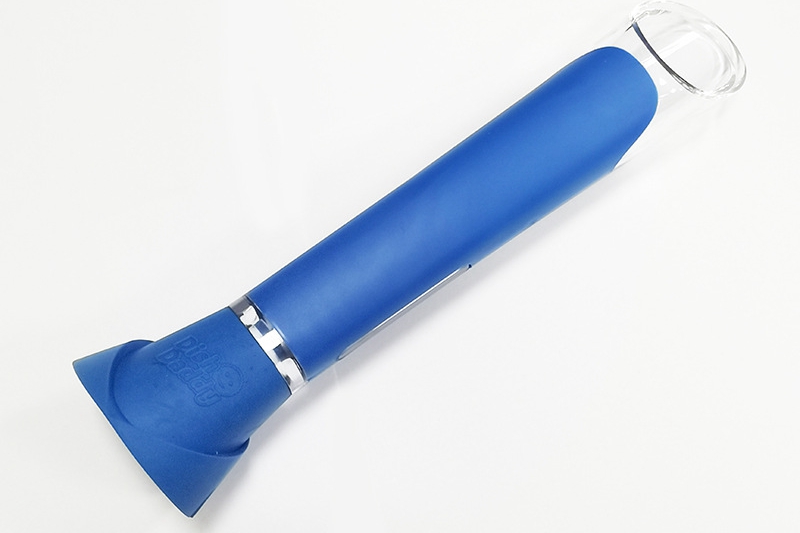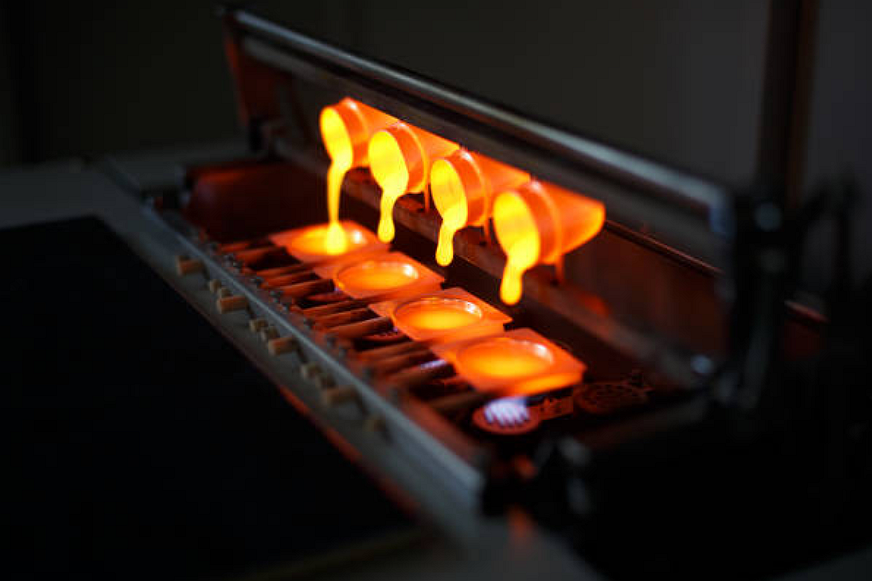What materials and processes suit high-impact environments with frequent drops?
In high-impact environments, such as those involving power tools, handheld industrial devices, and outdoor locking systems, components must withstand repeated drops, shock loads, and abrasive contact. Neway approaches this by combining impact-resistant materials with manufacturing processes that create strong geometries and controlled microstructures. By managing energy absorption, stiffness, and surface durability simultaneously, we ensure a long service life even in harsh field conditions.
Material Selection for Impact Resistance
Core structural parts are often made from low alloy steels or tool steels shaped via metal injection molding for compact geometries. Grades such as MIM-4140 and MIM-8620 provide strong core properties that respond well to heat treatment. For moderate loads and weight-sensitive areas, aluminum die casting or sheet metal fabrication combines stiffness with low mass—especially when rib structures are used to manage impact forces. Exterior housings and ergonomic components typically utilize engineering plastics, such as nylon (PA), PBT, and polycarbonate, which perform well under drop testing when reinforced ribs and profiles are incorporated into the geometry.
Heat Treatment and Surface Conditioning
To ensure parts survive high-impact loading over time, heat treatment is essential. Controlled quench and temper cycles improve core toughness while strengthening the surface layer. For gears and lock components, nitriding introduces compressive stresses, enhancing fatigue life. Surface finishing methods, such as tumbling, remove burrs that could trigger cracks in impact zones. For plastics, gloss trimming, texturing, and local rib reinforcement ensure durability without excessive weight.
Design and Manufacturing Strategies for Impact Resistance
Components must not only be strong—but strategically shaped. Using near-net-shape processes such as precision casting and powder pressing molding, mass can be located around fasteners, joints, and functional areas while reducing low-stress material. Ribs, gussets, and rounded corners absorb shock forces more effectively than flat or thin sections. Overmolding, also known as insert molding, can combine the strength of metal with soft or impact-absorbing layers, thereby enhancing both grip and drop protection simultaneously.
Prototype Testing and Drop Validation
To confirm performance, prototypes are tested through drop cycles, torsion loads, and vibration conditions that mimic real use. Using CNC machining prototyping and 3D printing prototyping, design iterations can be made quickly to optimize impact zones. The final design is then transferred to injection molding or die casting for mass production with repeatable strength.



